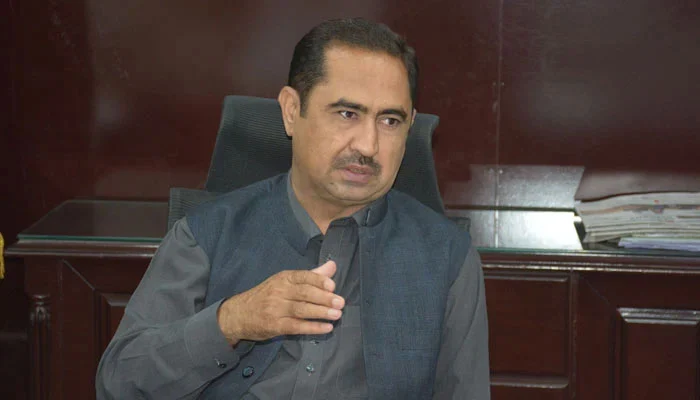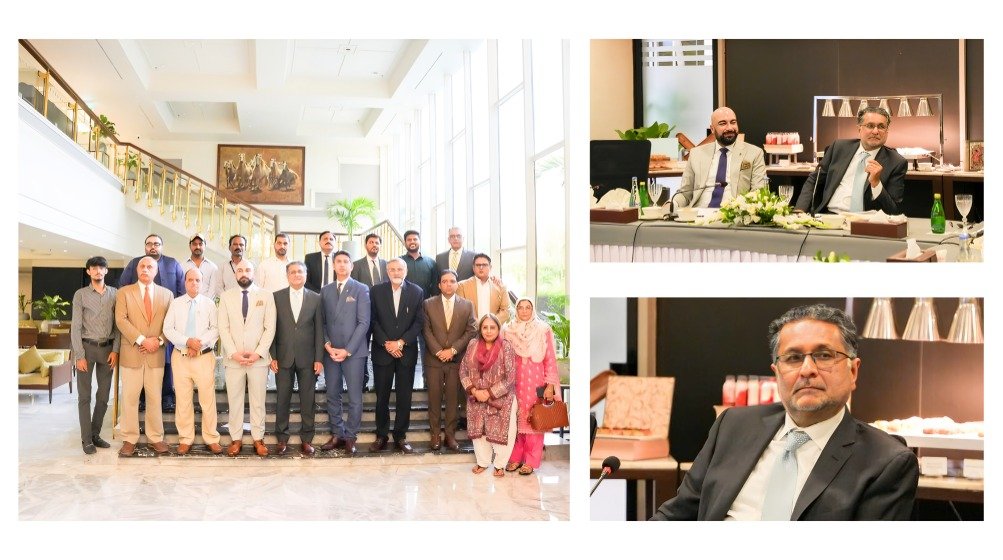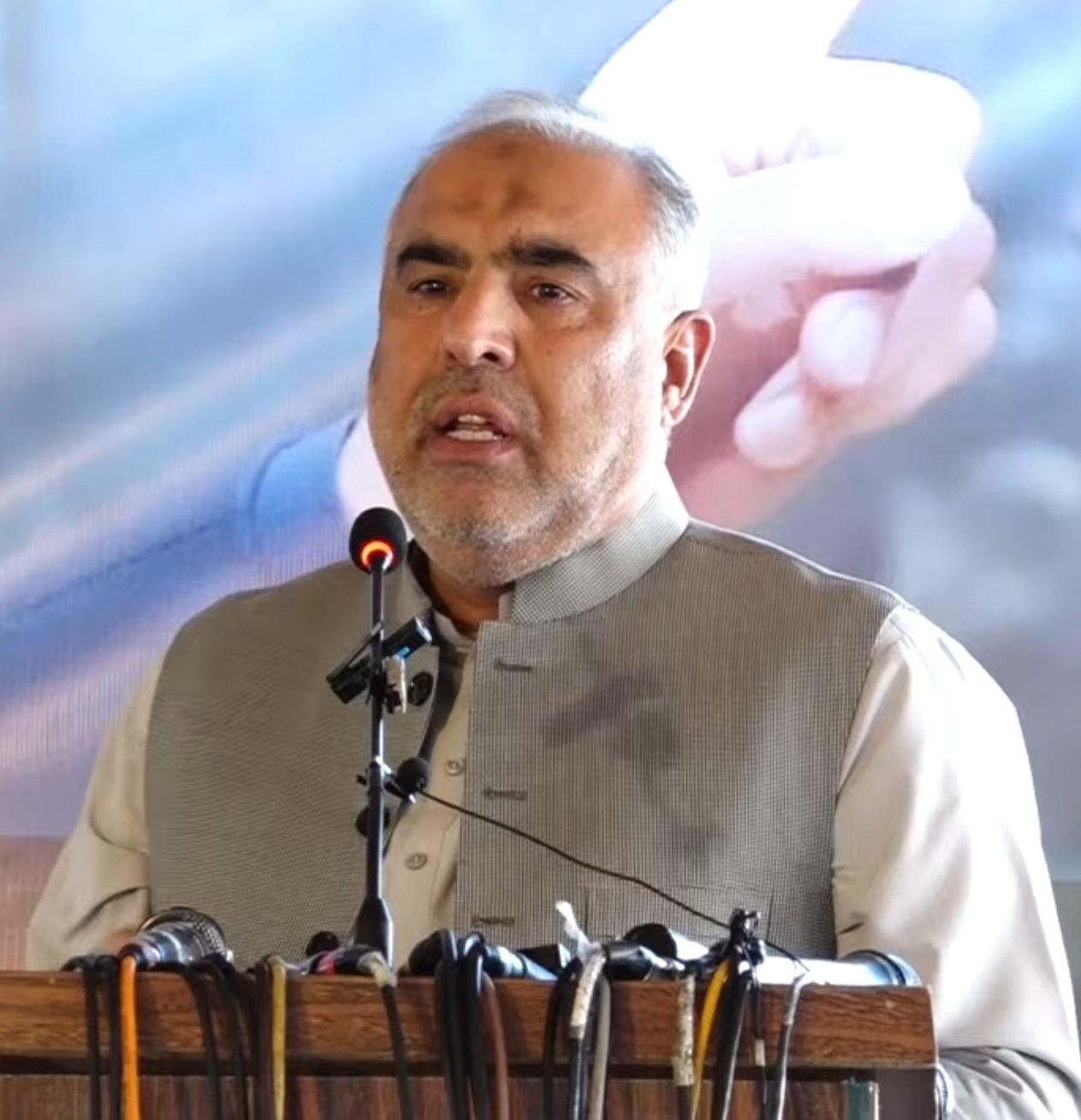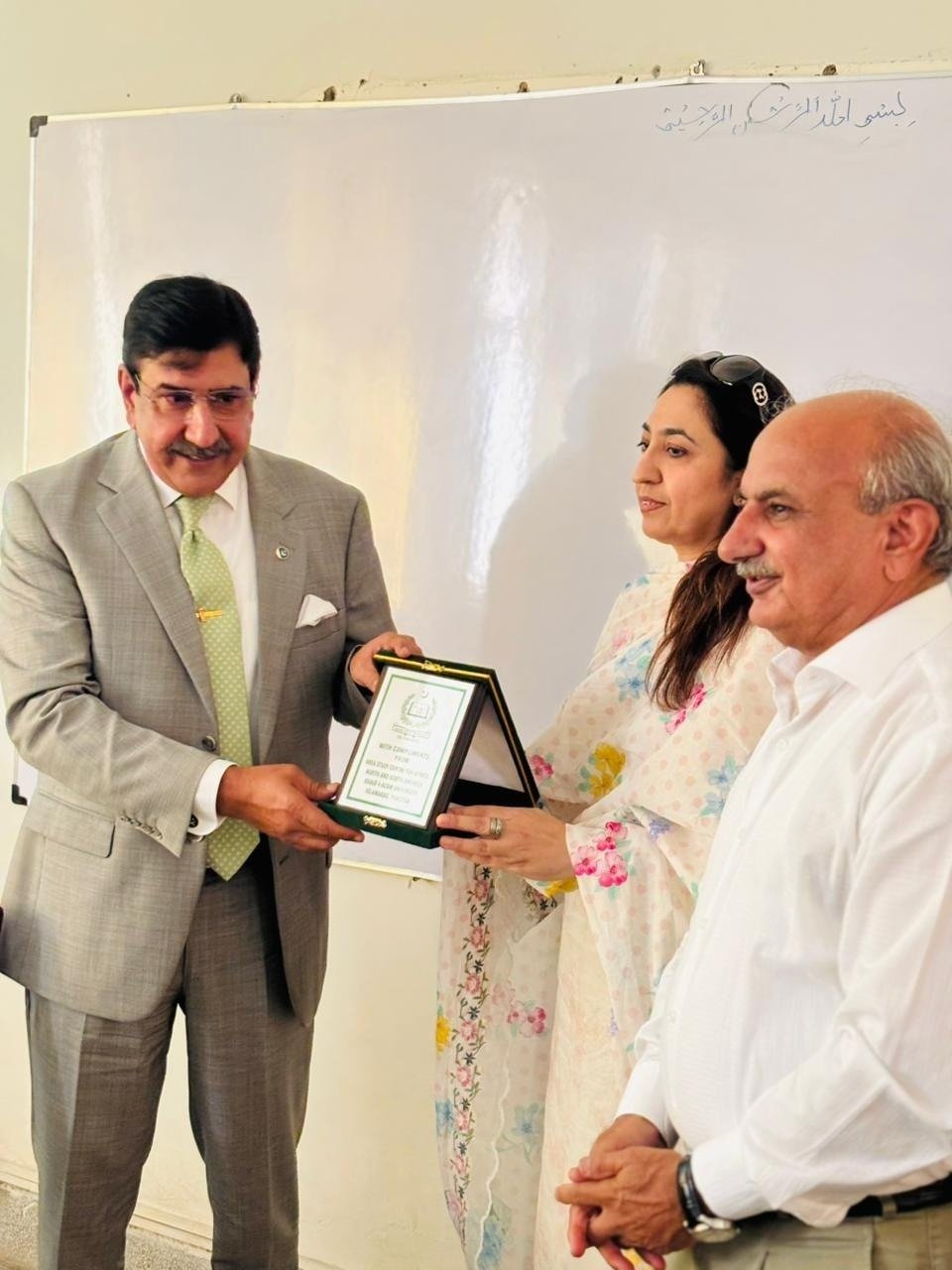Hunza (Asif Mehmood Awan) – The Water Resource Accountability Project led by WWF Pakistan has transformed irrigation and flood protection in Upper Hunza. The initiative introduced a 900-foot water channel and an 800-foot protective wall along the Hunza River. With Rs 15 million in funding, it converted 3,000 kanals of barren land into cultivable fields. Consequently, around 150 families across three villages in the Sost region now benefit directly.
During a study visit, journalists from Khyber Pakhtunkhwa, Abbottabad, and Punjab joined a detailed briefing. WWF Co-mobilizer Safdar Hussain and community member Muhammad Raza explained that the restored land covers 60 plots in Ghalbashi. These plots support families from Garja, Jamalabad, and Sartez. Previously, floods repeatedly destroyed fruit orchards, wheat, and vegetable crops. Therefore, agriculture-based livelihoods remained highly vulnerable to seasonal disasters.
Now, the project ensures reliable irrigation as well as effective protection. The water channel provides a continuous 24-hour supply to fields. Moreover, the protective wall shields farmland from erosion, heavy currents, and seasonal flooding. Farmers can once again grow wheat, peas, potatoes, and barley. In addition, orchards of apricots, cherries, peaches, and apples have also flourished.
Local farmers said the project not only meets community food needs but also creates opportunities for regional markets. Furthermore, they stressed that agriculture has finally become profitable again. This success has improved household income, strengthened food security, and increased resilience against climate challenges. As a result, families now rely less on external supplies and more on their own land.
Abbottabad Union of Journalists President Atif Qayyum and Press Club President Sardar Naveed Alam praised the project’s remarkable impact. In their view, WWF Pakistan’s broader programs across the ten districts of Gilgit deserve equal appreciation. These programs, moreover, spread awareness on climate change, forest protection, glacier conservation, and sustainable livelihoods.
Ultimately, the Water Resource Accountability Project offers a strong model for environmental restoration. It provides long-term solutions for flood-prone regions. Most importantly, it empowers local communities through agriculture, food production, and expanded employment opportunities.









